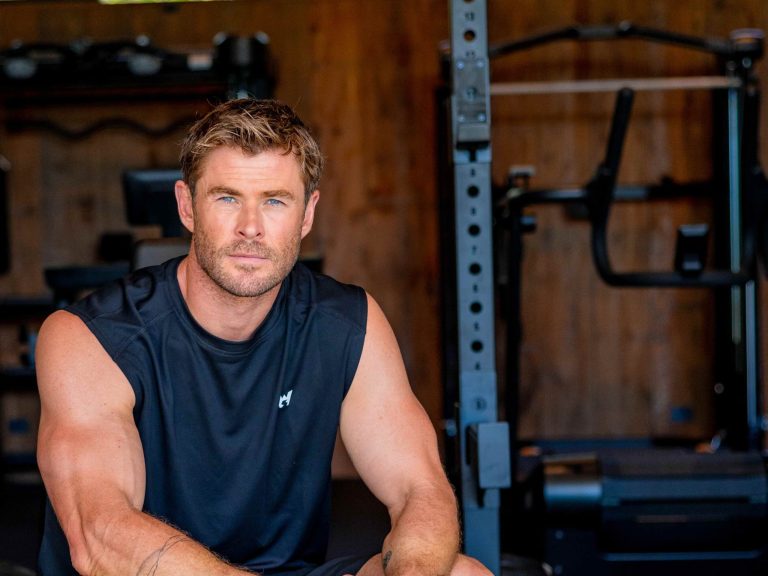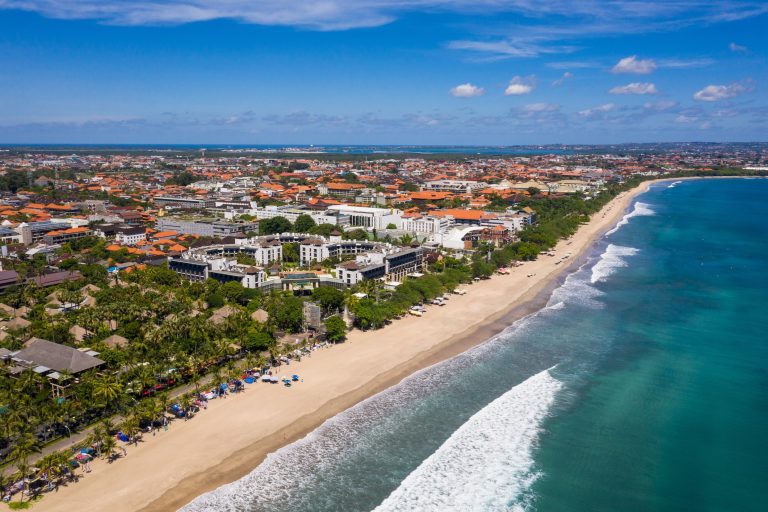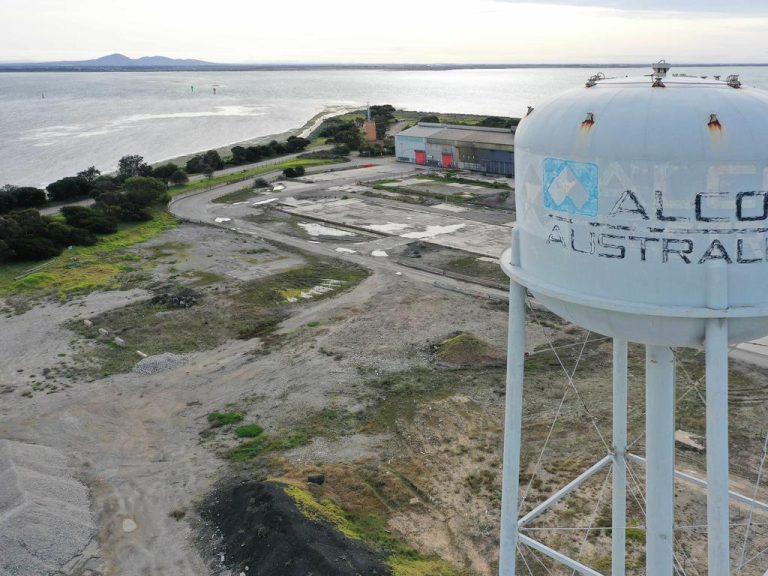Queensland population growth is driving the property sector with the big money eyeing SEQ
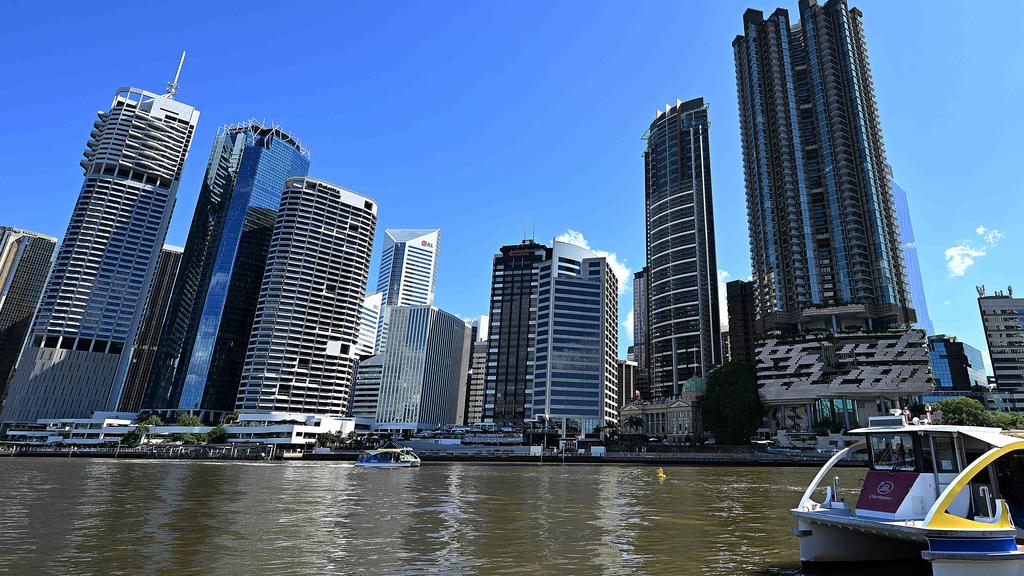
Population growth is powering the Brisbane property sector.
Population growth has put Queensland on the map for major property investors, and the Sunshine State is set to continue to attract big money at the expense of its southern rivals.
Despite yields across all sectors softening in line with the rest of Australia because of higher interest rates, Consolidated Properties Group chief executive Don O’Rorke still believes “Queensland is the place to be”.
“That will continue up to at least the 2032 Olympic and that’s evidenced by population growth that won’t abate,” he said.
“What that means for the property industry is that there’s significant demand for all of our products – places to live, places to work, places to shop and places to recreate.
“We will very much have a demand driven property market for at least the next decade.”
Queensland’s population rose 2.7 per cent over the 12 months to September 30, according to the Australian Bureau of Statistics,
The state government has forecast the state’s population to be 5.54 million in 2024 and 6.895 million by 2041 with interstate migration from NSW and Victoria being a major source of arrivals.
Queensland’s population gain from net interstate migration exceeded the gain from natural increase for the third consecutive year, which has underpinned the rise in house and apartment prices.
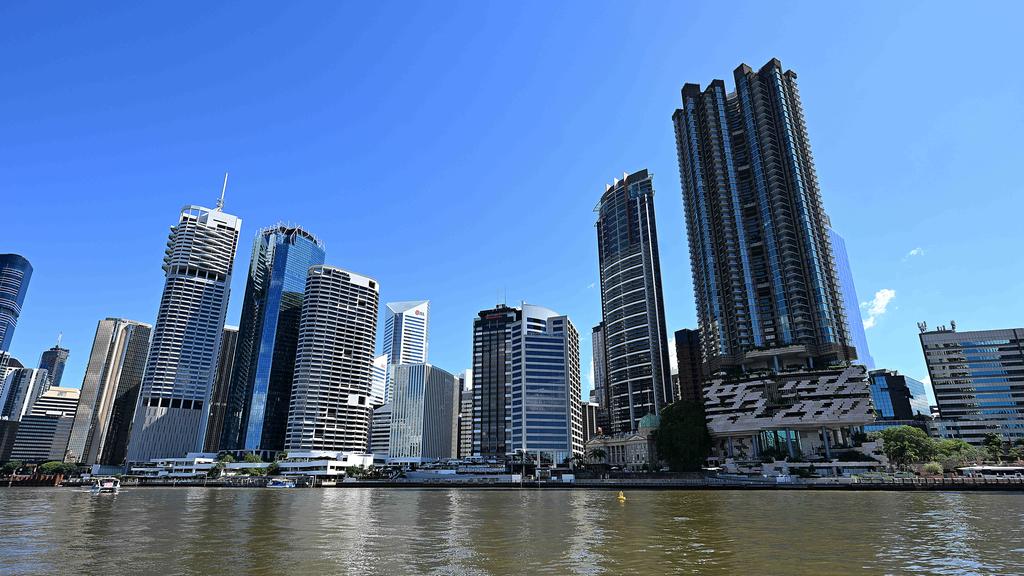
Queensland’s Golden Decade will turbo charge the property sector.
Queensland’s so-called Golden Decade has been backed up by a recent JP Morgan Australian REITs report, which said the state had the best performing real estate market in the country.
The report estimated that large cap Real Estate Investment Trusts have $16bn of
investment assets in Queensland, or about 16 per cent of their trust assets.
Much of this investment in Queensland stemmed from demand driven by elevated population growth and the $89bn being spent on infrastructure to cater for it, as well as the upcoming 2032 Olympics.
However, there has also been a spike in construction costs which has seen building supply being pulled or deferred across most real estate asset classes, which in turn sparked price increases.
In the Brisbane CBD, there were only three premium office towers under construction – 205 North Quay which will be completed by the end of 2024; the 360 Queen tower by the middle of 2025 and the North Tower of Waterfront Brisbane will be finalised in 2028.
The lack of a supply means Brisbane has comfortably the strongest CBD office market in Australia with vacancy of just 11 per cent, well below Melbourne (18 per cent), Perth (15.8 per cent) and Sydney (14.3 per cent).
Brisbane’s vacancy has fallen in the past seven consecutive quarters, and there was effective rent growth of 19.2 per cent year-on-year.
RWC head of research Vanessa Rader said historically, Sydney and Melbourne have been the premier destinations for Real Estate Investment Trusts.
“REITs are looking for an attractive investment opportunity for office and also retail. Their assets require strong population growth. In the past, those REITs have looked at NSW and Victoria, and they might do a few investments in Queensland and WA,” she said.
“But that’s really turned around now because of the strength in the Queensland economy.”
Ms Radar backed the JP Morgan research, saying that Brisbane arguably the best performing office market of the country, driven largely by population growth.
“We’ve seen that with continued absorption levels and vacancy starting to move. That is now an attractive market compared to other markets,” she said.
“I think Brisbane did not have the same work from home issues as a lot of other parts of that state. There has been more take up with business expansion due to the move of the workforce up to Queensland.”
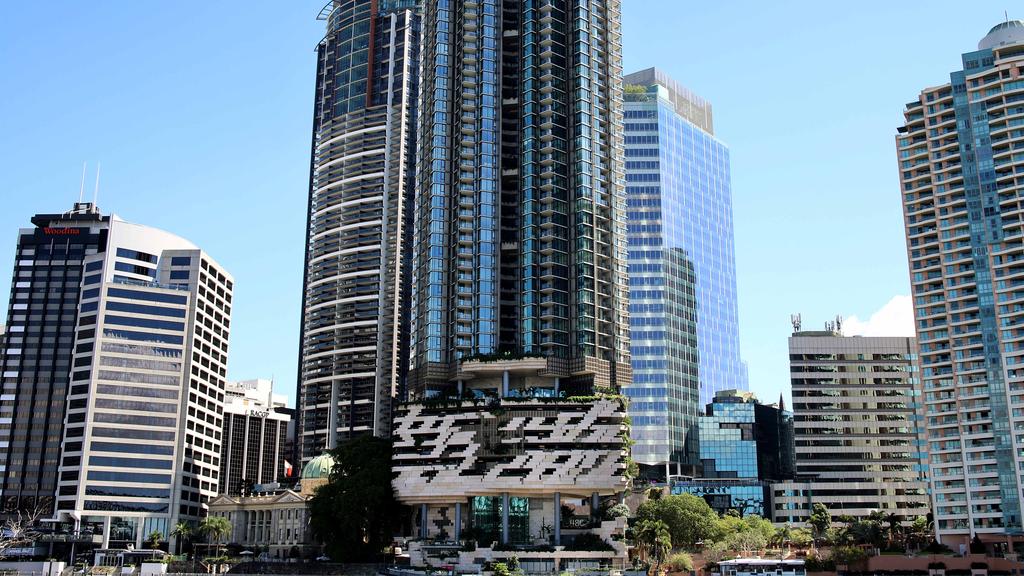
The recently completed 443 Queen Street in the Brisbane CBD.
According to JP Morgan, demand in the industrial sector in South East Queensland has “tapered a touch” particularly for third party logistics.
“Twelve months ago space was being taken up six to eight months prior to being available, today it is about three to four months prior, yet still very healthy,” the report said.
“The rate of rent growth is expected to moderate to a still strong at about 10 per cent in 2024 and incentives are tight.”
Ms Rader said industrial Sydney has super land constraints, and to some extent so does South East Queensland.
“But investors are still looking towards South East Queensland as a destination to invest their funds,” she said. “Population growth is needed for retail. As much as there has been a change in retail fundamentals, the need for retail has been maintained, particularly for the smaller convenience centres, neighbourhood centres which are in demand.”
Ms Rader said regardless of the location, investors were still scrutinising deals more heavily than they in the past. “But you get some deals that look a lot better than others – it’s actually very specific. It’s a deal by deal market,” she said.
Ms Rader said the cost of labour has been “a massive issue” in Queensland.
“There’s so much competition for labour with the infrastructure projects across the state,” she said. “So, many builders have gone bust. Construction is really tough in Queensland in particular.
“There are job opportunities in Queensland, but it’s hard for the private sector to lure them away from government projects to build those apartments and house people. It’s an issue you can’t solve it one or two years. It will be around for a long time.”

